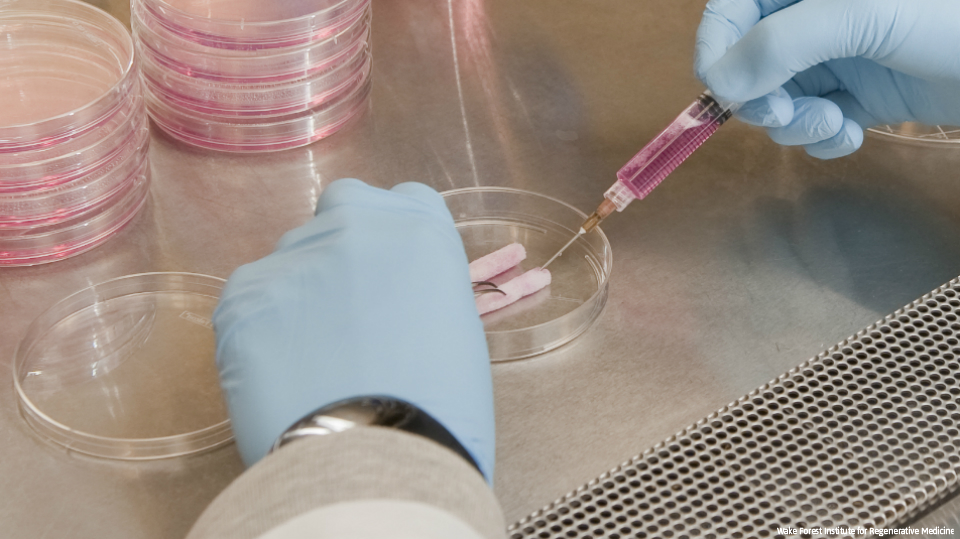Filtered By: Scitech
SciTech
Rise of the Frankenweenie: Lab-grown penises now a reality
By BEA MONTENEGRO, GMA News

Endothelial and smooth muscle cells from a rabbit's penile erectile tissue are multiplied in the laboratory and then injected into a scaffold to create a lab-grown penis. PHOTO: Wake Forest Institute for Regenerative Medicine
It’s been a hard road, but researchers are finally making great strides in the thrust to create fully-functional bioengineered penises.
Professor Anthony Atala, director of the Wake Forest Institute for Regenerative Medicine, and his team have been working on the problem of growing and transplanting penises since 1992. In 2008, they were successfully able to go through the procedure for rabbits. Out of the 12 test subjects, 4 went on to produce offspring.
Atala and his team have currently engineered six human penises, which are all being tested for safety, function, and durability. They hope to get approval from the US Food and Drug Administration and to move to human testing within five years.
This breakthrough could mean a new life for men who have suffered traumatic injury, aggressive cancer, or were born with genital defects. The research is funded by the US Armed Forces Institute of Regenerative Medicine, who hope that the procedure can be used to help soldiers who have been injured in the battlefield. But since the technique uses the patient’s penis cells, this procedure cannot be used to grow penises for female-to-male sex reassignment surgery.
This breakthrough could mean a new life for men who have suffered traumatic injury, aggressive cancer, or were born with genital defects. The research is funded by the US Armed Forces Institute of Regenerative Medicine, who hope that the procedure can be used to help soldiers who have been injured in the battlefield. But since the technique uses the patient’s penis cells, this procedure cannot be used to grow penises for female-to-male sex reassignment surgery.
Playing with rabbits
“The rabbit studies were very encouraging,” Atala said, “But to get approval for humans we need all the safety and quality assurance data, we need to show that the materials aren't toxic, and we have to spell out the manufacturing process, step by step.”
“Our target is to get the organs into patients with injuries or congenital abnormalities,” said Atala.
Asif Muneer, an andrologist and consultant urological surgeon from the University College hospital of London, said that if the technology would prove to be successful, it would be a large improvement over the current treatment options.
“My concern is that they might struggle to recreate a natural erection,” Muneer said.
Alternative penises
One option is to reconstruct an artificial penis using tissue taken from the individual’s forearm or thigh. A prosthetic is then inserted in the inside the reconstructed penis.
Another option is to have a penis transplant. In 2006, Chinese surgeons performed the world’s first penis transplant. Though the procedure was successful, the man requested that it be undone just two weeks later at the request of the recipient and his wife.
The penises are grown in the laboratory using the patient’s own cells. The collagen “scaffolding” used for the penis comes from a donor organ that was washed in a mild detergent to remove all the donor’s cells. The patient’s cells are then seeded on the scaffolding.
A new direction
This isn’t the first time Atala and his team have worked on bioengineering human organs. In 1999, they were able to grow bladders in a laboratory and successfully transplant them in patients with bladder disease. In 2004, they implanted bioengineered urethras in five boys.
In 2005, laboratory-grown vaginas were implanted in four women who were born with abnormal or missing vaginas. Follow-up tests indicate normal vaginal maturation and function. — TJD, GMA News
More Videos
Most Popular



